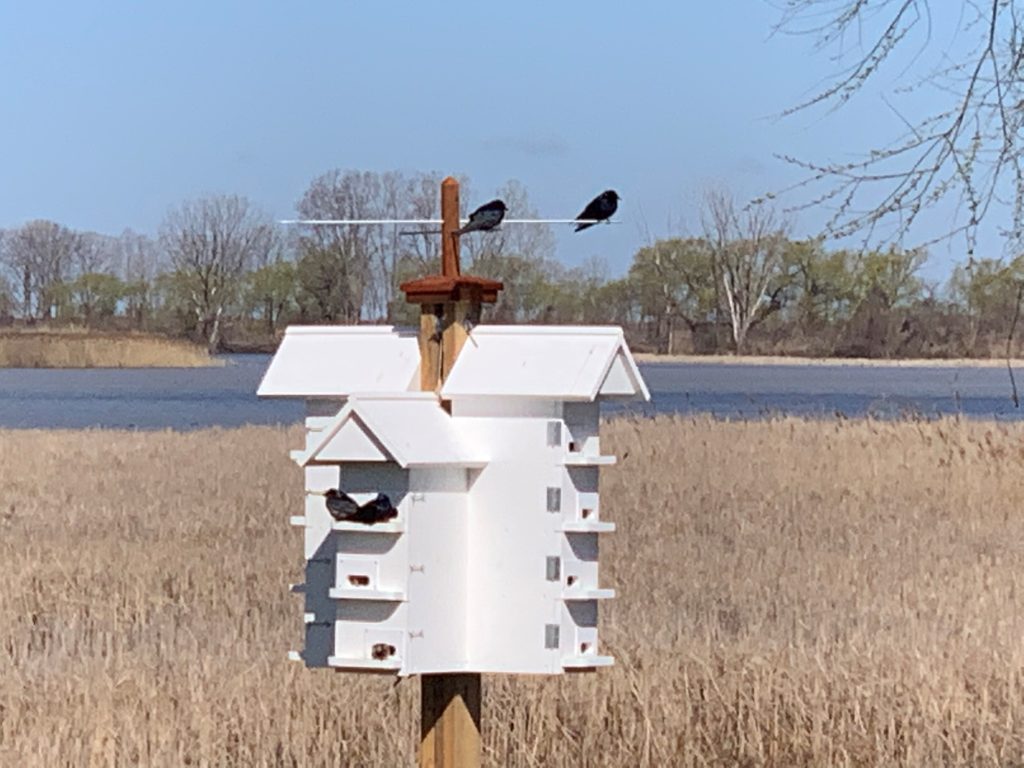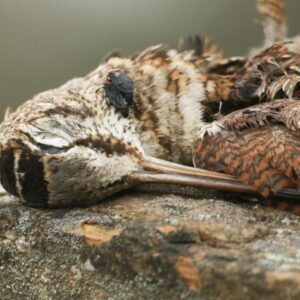Installing Purple Martin Housing Units in Southern Ontario
Nature Canada’s Save Our Swallows campaign, funded by the Ontario Trillium Foundation, is set to head into its second year of conception. Save Our Swallows is an overarching campaign focused on halting the long-standing declines of Ontario’s swallows and supporting the recovery of their populations by mobilizing communities in Southern Ontario.
Saving Our Swallows
One key element of this campaign is to provide 30 high-quality Purple Martin housing units, over the 2019-2020 breeding seasons. These units can house up to 420 pairs of Purple Martins in the southern Great Lakes region of Ontario. The addition of these housing units will add up to 1500 birds to the declining populations of Purple Martins in Ontario. Purple Martin, the largest member of the swallow species in North America have adapted to breed exclusively in human provided structures since at least the 1700s. This is when Indigenous Peoples of North America would hang gourds up to dry, thus creating breeding habitat for the swallow.
What has been done so far
In December 2018, Nature Canada contacted Aaron Miller from Norwich, Ontario to construct 18 state of the art Purple Martin housing units to be deployed in April 2019 at eight sites in Southern Ontario. The sites were located in southwestern Ontario (Essex, Wallaceburg & Pelee Island), northern shore of Lake Erie (Port Rowan & Sparta) and eastern shore of Lake Ontario (Amherst Island & Howe Island). The installation of the new units near the Great Lakes ensures that the returning Purple Martins have many opportunities to forage on rich feeding habitat to have a successful reproduction cycle.

Here are a few Purple Martin’s at a newly installed Purple Martin housing unit in southwestern Ontario. © Rob Buchanan
The last of the units for 2019 were installed on Howe Island, on April 11. This date was chosen because it is prior to the expected return of the beloved Purple Martin to Ontario that tends to occur in late April – early May. The reception has been great, from the recipients of the housing, regarding the quality of the structures that were created by Aaron Miller. Nature Canada is already in talks with Aaron to construct the remaining 12 structures, which will be delivered prior to the 2020 breeding season.
To learn more about the work we are doing to protect Ontario’s swallow species, please visit naturecanada.ca/SOS.



